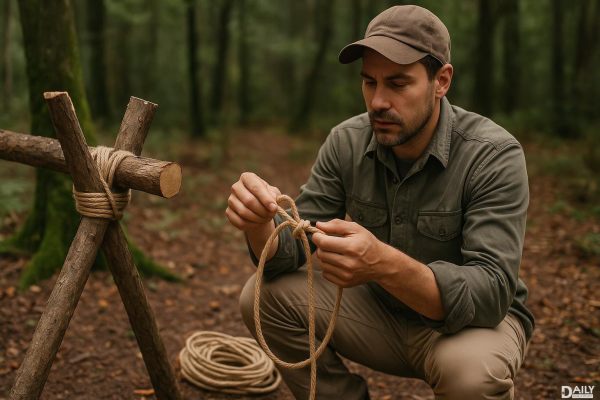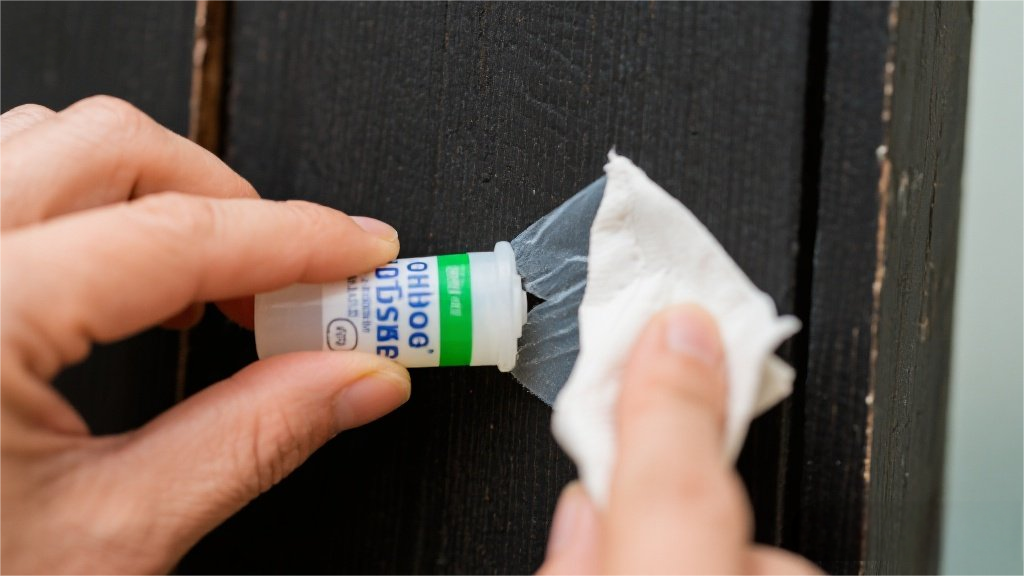Mastering the art of knot tying and lashing isn’t just a cool party trick—it’s a survival skill that can save your bacon in the great outdoors. Whether you’re setting up camp, securing gear, or building a makeshift shelter, knowing how to tie the right knot can make all the difference. From the trusty bowline to the versatile clove hitch, these skills are your secret weapon for tackling nature’s challenges head-on. Let’s dive into the world of knots and lashing and get you ready for your next adventure.

Think of knots as the duct tape of the wilderness—they’re versatile, reliable, and downright essential. A well-tied knot can secure a tent, anchor a boat, or even help you rappel down a cliff. But not all knots are created equal. Some are designed to hold tight under pressure, while others are meant to be easily untied. Understanding the purpose of each knot is key to using them effectively. Plus, let’s be real, there’s something oddly satisfying about tying a perfect knot that holds like a champ.
First up, the bowline. This knot is the MVP of the knot world because it creates a secure loop that won’t slip or tighten under load. It’s perfect for tying a rope around a tree or creating a lifeline in an emergency. Next, the clove hitch is your go-to for quickly securing a rope to a post or pole. It’s easy to tie and untie, making it ideal for temporary setups. And don’t forget the square knot—this classic is perfect for joining two ropes of the same thickness. It’s simple, but it gets the job done.
Lashing takes knot tying to the next level by allowing you to create sturdy structures from scratch. Whether you’re building a shelter, a raft, or a camp chair, lashing is the technique that holds it all together. The most common type is the square lashing, which is used to bind two poles at a right angle. It’s strong, reliable, and relatively easy to master. For more complex structures, the tripod lashing is a game-changer. It’s perfect for creating tripods, which are the backbone of many wilderness builds.
Like any skill, mastering knots and lashing takes practice. Start by learning the basics and then gradually work your way up to more complex techniques. Practice in your backyard or at a local park before you hit the trail. And don’t be afraid to experiment—sometimes the best way to learn is by making mistakes and figuring out what works. Pro tip: Keep a length of rope handy so you can practice whenever you have a spare moment. Before you know it, you’ll be tying knots like a pro.
In a survival scenario, your knot-tying skills can literally be a lifesaver. Need to create a shelter? A well-tied knot can secure your tarp or branches. Need to cross a river? A rope bridge anchored with sturdy knots can get you to the other side safely. Even something as simple as tying a fishing line or creating a snare for food can make a huge difference when you’re stranded. The key is to stay calm, think clearly, and rely on the skills you’ve practiced.
So, whether you’re a seasoned adventurer or a weekend warrior, mastering the art of knot tying and lashing is a skill set you can’t afford to overlook. It’s not just about being prepared—it’s about embracing the challenge and enjoying the process. Grab some rope, start practicing, and get ready to tackle the wild with confidence. After all, in the great outdoors, a good knot is worth its weight in gold.
























